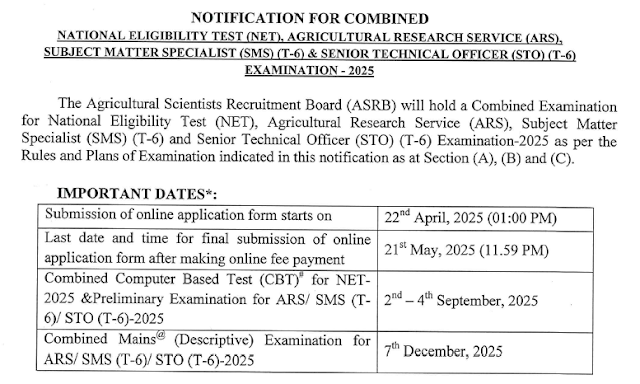Is There a Blue Zone in India? Exploring Longevity in the Indian Way.
By Farin Khatoon.
When we think of longevity and a life filled with purpose, we often hear about the famous Blue Zones—those rare regions of the world where people routinely live beyond 100 years. Dan Buettner’s book The Blue Zones identifies five such places: Okinawa (Japan), Sardinia (Italy), Nicoya (Costa Rica), Icaria (Greece), and Loma Linda (California, USA). These regions share common lifestyle habits that contribute to long, healthy lives.
But what about India? Could there be an Indian version of a Blue Zone?
The Indian Connection to Longevity
While India does not have an officially recognized Blue Zone, certain communities and regions exhibit strikingly similar characteristics. From the Himalayan villages to the coastal towns of Kerala, many Indians naturally follow lifestyles that promote longevity.
Regions in India That Resemble Blue Zones
1. Hunza Valley (Near India-Pakistan Border)
Although not officially part of India, the Hunza Valley is famous for its inhabitants who reportedly live well into their 90s and 100s. Their secret? A natural diet rich in apricots, whole grains, and fresh mountain water, coupled with an active, stress-free lifestyle.
2. The Yogic and Spiritual Lifestyle of Rishikesh & Uttarakhand
The Himalayan regions of Uttarakhand and Himachal Pradesh boast a lifestyle deeply rooted in yoga, meditation, and a plant-based diet. With a focus on Ayurvedic principles, fresh air, and natural movement, people here experience lower stress levels and a greater sense of purpose.
3. Centenarians of Kerala
Certain communities in Kerala, particularly among rural populations, follow diets rich in coconut, fish, and medicinal herbs. They practice slow living, engage in physical activity (farming, walking), and maintain strong social bonds, which aligns closely with Blue Zone habits.
4. Tribal Longevity in Meghalaya & Nagaland
Tribal communities in Northeast India practice sustainable living, consuming natural, home-grown foods while maintaining strong community ties. These communities often have lower incidences of modern diseases, thanks to a chemical-free diet and deep-rooted cultural traditions.
Indian Blue Zone Lifestyle: The Key Habits
After studying the Blue Zones and comparing them with Indian traditions, here are some key factors that contribute to a long and healthy life in India:
-
A Predominantly Plant-Based Diet – Lentils, vegetables, nuts, and whole grains are staples.
-
Natural Movement & Physical Activity – Walking, farming, and yoga are everyday activities.
-
Strong Community Bonds – Family and social connections provide emotional security.
-
Mindfulness & Spirituality – Meditation, prayer, and simple living reduce stress.
-
Limited Processed Foods – Many Indian villages still rely on home-cooked meals with local ingredients.
Can India Become the Next Blue Zone?
India’s ancient wisdom in Ayurveda, yoga, and holistic living already aligns with Blue Zone principles. However, rapid urbanization, increased stress levels, and processed food consumption are threats to this longevity-driven culture.
By embracing traditional diets, active lifestyles, and a strong sense of community, India has the potential to cultivate its very own Blue Zones. The question is—will we choose to return to our roots?
Would you like to know more about the longevity secrets hidden in India? Share your thoughts in the comments below!


Comments